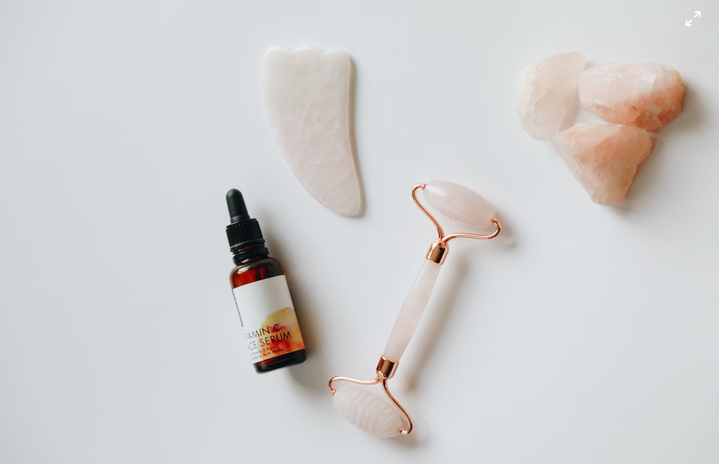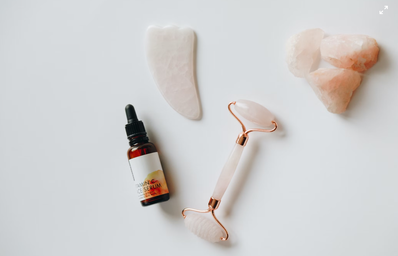Despite its reputation as a 21st-century ‘trend’, skincare has actually been around for the past 6,000 years. Long before The Ordinary, Kim Kardashian’s ‘vampire facial’ or even Jesus Christ himself, Ancient Egyptians were aspiring to both protect their skin’s condition and prevent further ageing. From here, we can track skincare’s rise in both quality and cultural relevance, culminating in the sheet masks, anti-aging serums, and pimple patches that we see today. By looking back at its history, we learn the basic elements of skincare that have evolved past any one period of history. We can assess its role within our contemporary age, but also the fundamental requirements of skincare that have remained largely unchanged since the beginning of civilisation.
As you can imagine, skincare initially came in very natural forms. For example, castor and sesame oil were used by Ancient Egyptians to stop wrinkling. So, we can already observe a shift from practical use towards fulfilling a sense of vanity. This is also seen in Cleopatra’s skincare routine, as she famously bathed in milk and honey to achieve smooth, hydrated skin. This milk would be sour, meaning it contained lactic acid, which is still widely used in chemical peels to this day. From here, we begin to see how ingredients and methods from ancient history have remained relevant in the modern age of skincare products.
Then, when we look to the Middle Ages, it is easy to identify even more raw ingredients that are familiar to us today. Olive oil was used to soothe and beautify skin, in addition to ‘skincare plants’ including aloe vera and cucumber. Despite white-lead cream being traceable to Ancient Egypt, it rose in popularity during this period and into the early Modern age. Obviously, we now know that the use of lead and mercury-based creams is extremely dangerous, but these damages were unknown for an alarmingly long amount of time. In the Renaissance period, the Italian physician Geronimo Mercuriali published ‘De Morbis Cutaneous’ (meaning: ‘On the Diseases of the Skin’), the first scientific work on dermatology. Unfortunately, toxic substances were still used to treat acne, among other skin ailments, for a long time after this.
The Industrial Age brought further skincare knowledge, as well as technological advancements, which meant that it became far more affordable to the masses. Zinc oxide and egg yolks were still popular treatments, though the 19th Century was also our first introduction to chemical peels. Skincare became increasingly talked about, though at this point the focus was still on the prevention of ageing and blemishes, instead of ageing gracefully. This period gave rise to mass advertising, which led to the introduction of established skincare brands that are more aligned with the type of skincare we are used to seeing today.
So, next time you’re buying your favourite lactic acid serum, take a moment to think about all the glamorous ladies of Ancient Egypt and Tudor England that paved the way for us skincare girlies today. Also, if anyone tells you that the TikTok-fed skincare obsession is just a phase, you can remind them that it’s actually been a fascination across humanity for far, far longer than anyone can remember, and you’re just doing your part for future generations!


